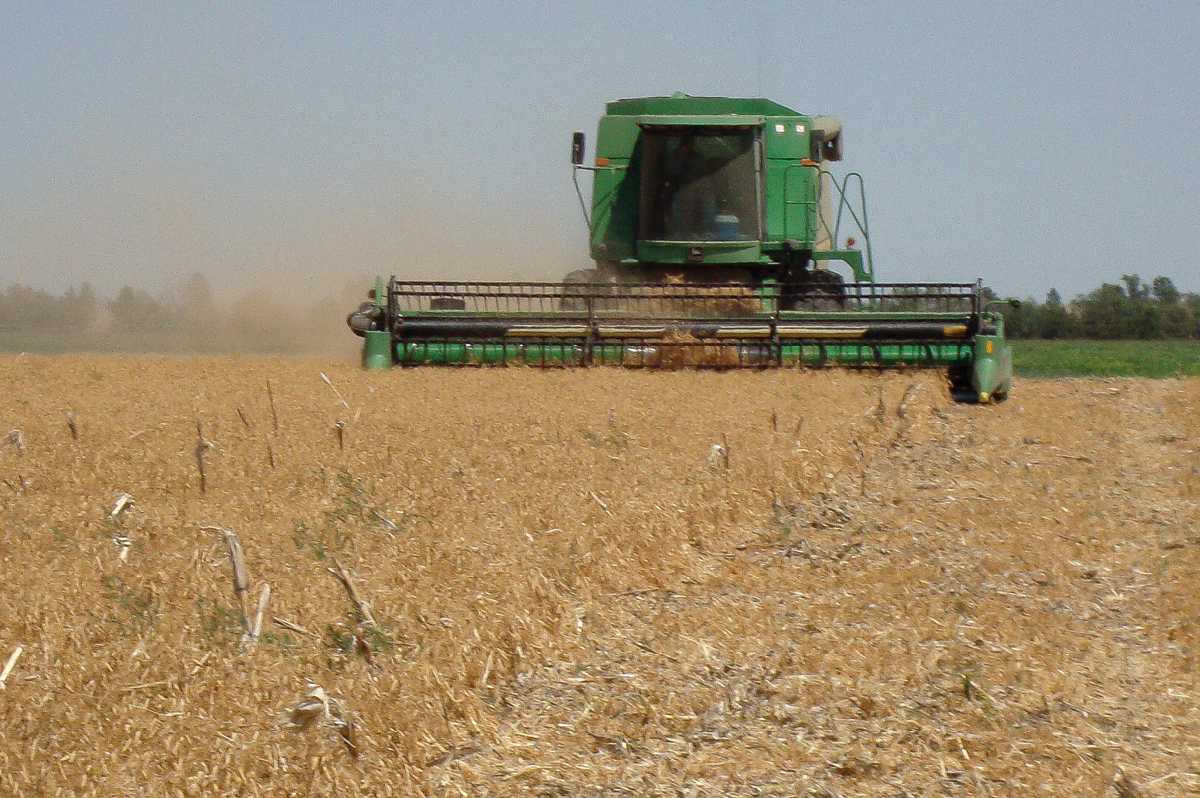No-Till Farmer
Get full access NOW to the most comprehensive, powerful and easy-to-use online resource for no-tillage practices. Just one good idea will pay for your subscription hundreds of times over.

No-tillers across the Nebraska Panhandle and surrounding High Plains region are challenged by low rainfall and high summer temperatures. It’s a double-whammy that limits cropping intensity, as well as crop value.
But thanks to a developing market for yellow field peas, they now have a cropping option that benefits the soil as well as their pocketbooks.
The legume has a protein content of about 25% and is most typically split or ground into flour for human consumption. Yellow field peas are especially popular as an international food aid commodity, largely because of their relatively low cost on a protein basis.
Veteran no-tiller Mark Watson from Alliance, Neb., tried yellow field peas in the 1990s, along with other alternative crops such as chickpeas, pinto beans and proso millet. At the time, he opted for chickpeas over yellow field peas because of their higher value. He grew chickpeas until 2002, when exceptionally dry weather drove him back to yellow field peas.
Because chickpeas use more moisture — especially late in their growing season — they put the subsequent hard red winter wheat crop at a disadvantage.
“Agronomically, yellow field peas are the perfect transition crop back to wheat for us,” Watson says. “They don’t use up a lot of moisture, and most of what they do use is during May and June when rainfall is generally more likely.”
In his years of growing yellow field peas, Watson — who has been no-tilling since the 1980s — has had dryland yields…